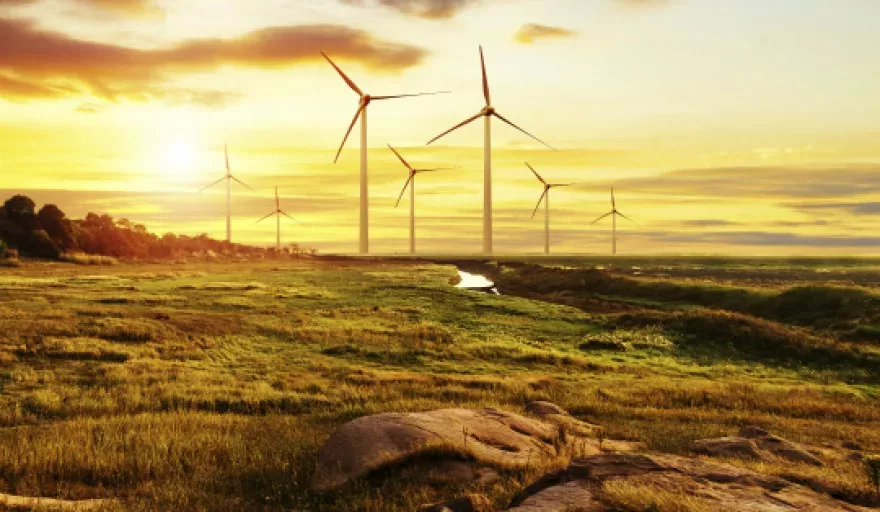Escalating energy demand and improving wind turbine technologies are fuelling the wind energy market and encouraging wind turbine installations. In turn, this is boosting the consumption of high-performance and lightweight blade materials, such as fibre, resins and core foam materials that can be used to increase blade length while keeping blade weight low.
New analysis from Frost & Sullivan – Analysis of the Global Wind Turbine Blade Materials Market – finds that the market earned revenues of $1.94 billion in 2014 and estimates this to reach $3.78 billion in 2021.
“While governments worldwide have designed support mechanisms and funding programmes to promote renewable energy such as wind, uncertain aid and financing often delay projects,” said Frost & Sullivan Chemicals, Materials and Food Research Analyst Ankit Mittal. “As a result, demand for blade materials has been cyclic in nature. Additionally, emphasis on the optimum strength-to-weight ratio of blades restricts the use of certain materials like balsa.”
Nevertheless, volatile oil prices and the rising profile of environmental issues will push forward alternate energy forms – wind being one of the most viable. It has no fuel cost, allows energy independence from traditional fossil fuels, is permanently available almost anywhere in the world, and is technologically advanced. Wind energy is also much quicker to install; large onshore and offshore wind farms can be installed within a time frame of two years. Taller, lighter and more reliable turbines significantly extend production capacity.
These factors will see turbine blade manufacturers strengthen their portfolio to provide a consistent supply of high-performance materials in line with market needs. Manufacturers will look to enhance the performance of materials within existing chemistries and commoditise them, rather than develop new chemistries.
“The winds of change will continue to sweep through the market as manufacturers establish a strong product pipeline aligned with regulatory standards and customer specifications,” explained Mittal. “Offering differentiated products along with customer support mechanisms will ensure steady global expansion.”
This trend will also see the market race towards consolidation, especially in the core materials sector. Larger entities will acquire regional or segment-specific manufacturers to diversify product portfolios and widen their share in the highly competitive landscape.
Analysis of the global wind turbine blade materials market is part of the Chemicals & Materials Growth Partnership Service programme. Frost & Sullivan’s related studies include: Technology Innovations in Smart Fabrics, Global Engineering Plastics Market, and APAC Construction Chemicals Market. All studies included in subscriptions provide detailed market opportunities and industry trends evaluated following extensive interviews with market participants.


































